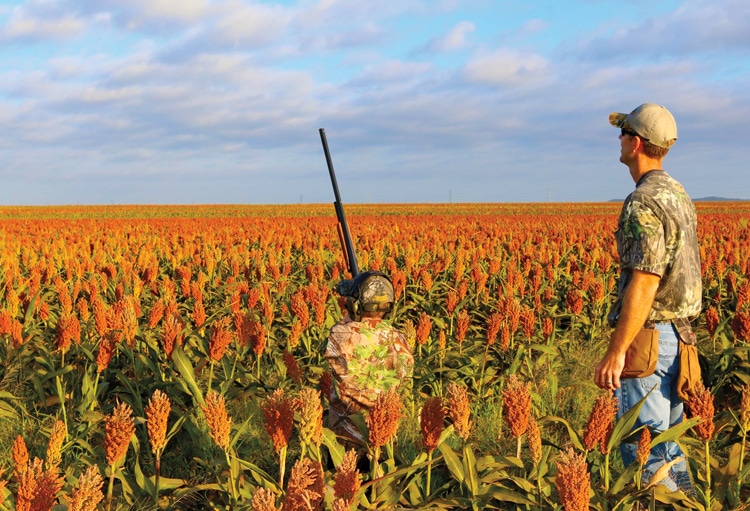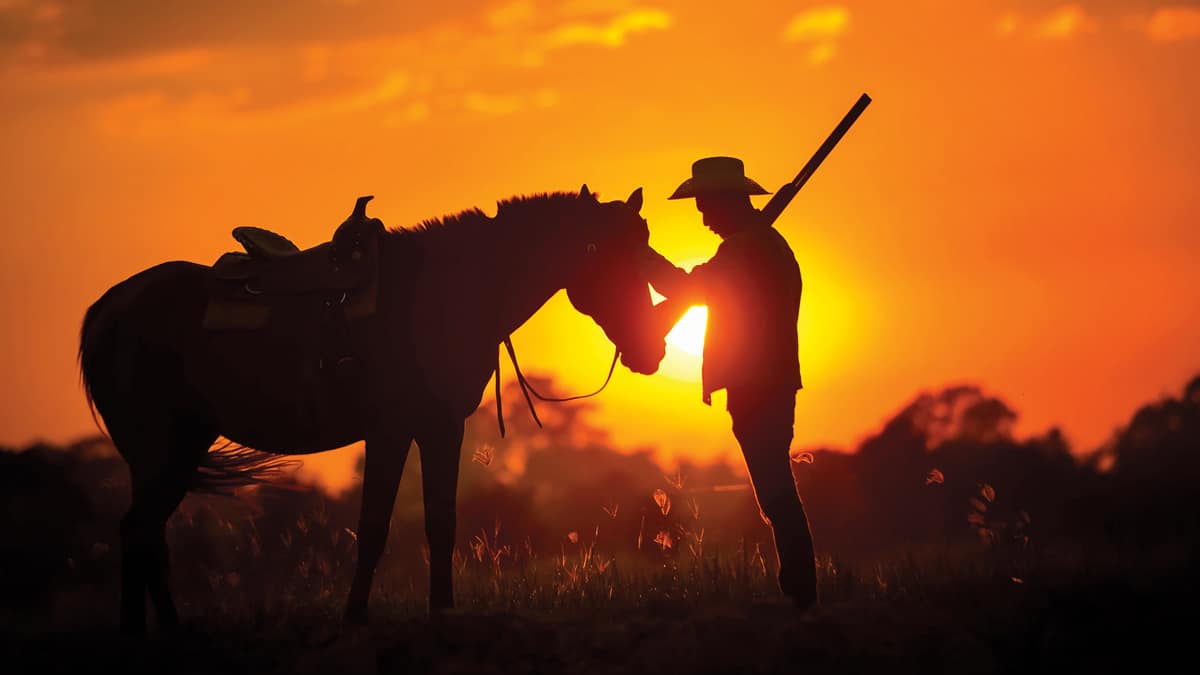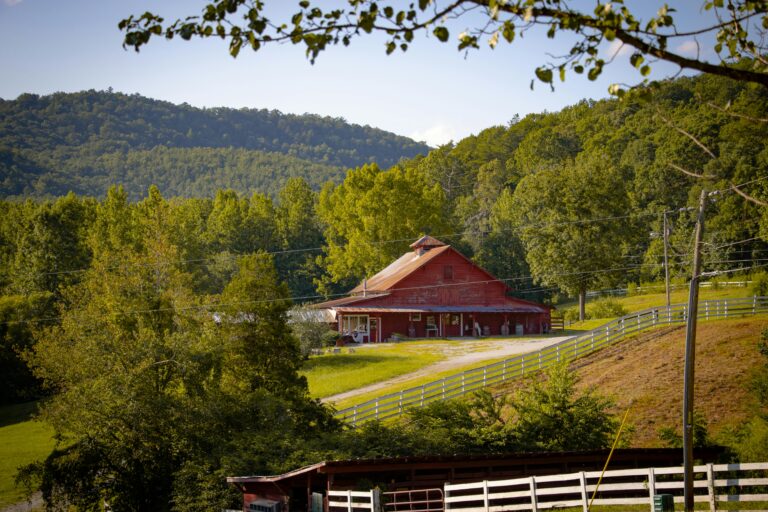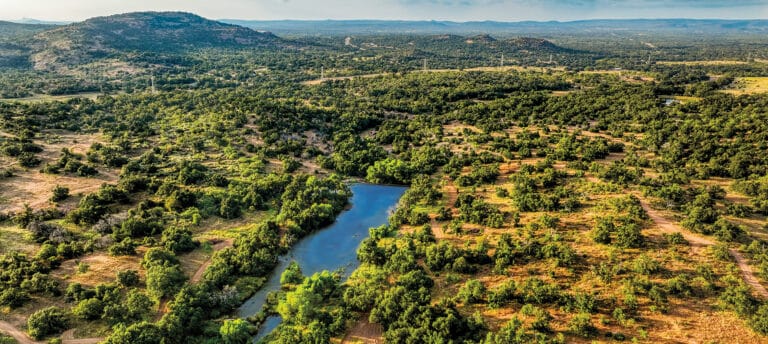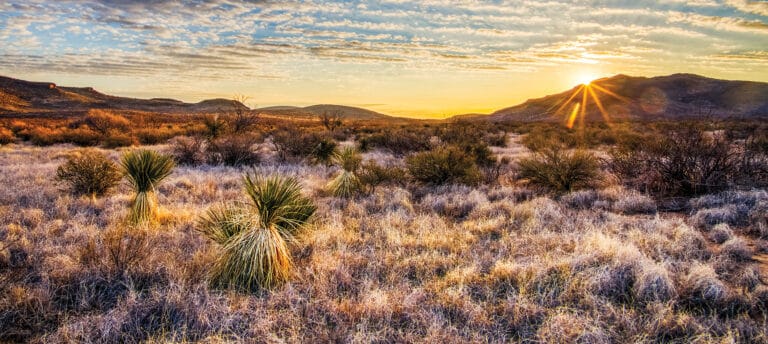Almost 25 years ago, I attended a field day near San Angelo, Texas, that principally focused on alternative sources of revenue for landowners who were trying to scratch out a living in the ranching business. At that time, fee-based hunting programs were beginning to emerge as a bona-fide revenue option for landowners in this part of the state. Plus, Congress had recently passed a bill that would phase-out the wool and mohair subsidy that had served as a lucrative program for many ranchers since the mid-1950s. The mood of the day was one that seemed to acknowledge that the modern-day rancher would need to adapt their ranching practices and embrace those city-slicker hunters if their ranches were to remain financially viable. During an open discussion, an older gentleman wearing a sweat-stained straw hat piped up and said, “When it comes to those city folks who are willing to pay us for our hunting, it seems to me that we have two options; we can either learn to work with them or we will have to learn to work for them.” His profound epiphany has since defined how much of the ranching community has been forced to adapt to changing market pressures in recent years, often creating a blend between traditional livestock and farming practices along fee-based wildlife programs.
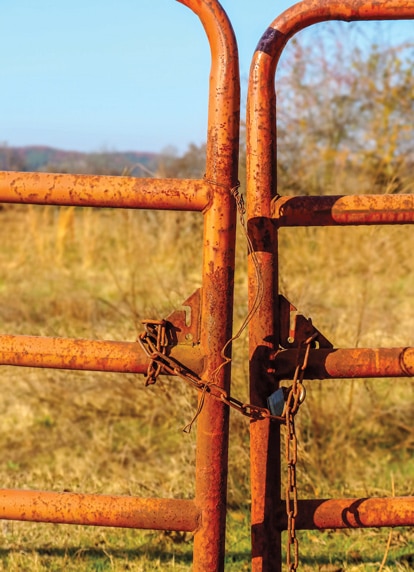
This paradigm of hybrid land-use practices can create possible conflicts and challenges associated with dynamic tension, but when distilled down to its rudiment, it is not rocket science that we are talking about; it’s the ability to adapt and flex. Cross-pollinating these two types of land-use cultures offers plenty of opportunity to create synergies for those who are committed to such outcomes.
People
When it comes to retrofitting “ranch people” into effectively serving the role of facilitating a wildlife-based recreational program, you will often run into stormy days with silver-lined clouds. Ranch people tend to be private sorts, and the idea of having to cater to outsiders is sometimes enough to bristle their hair. On the other hand, ranch people also tend to be genuine, caring people whose passion for the land is contagious, which can provide an amazing platform for educating folks about land stewardship and provide a dialog that is interesting and enjoyable to clients and guests. Some of the best down-home-style chefs are people who grew up on and live on ranches and farms, so integrating those type of skills into the business service mix should be considered. Ranch people are often intimately familiar with the land and its resources, making them excellent candidates to serve as guides and interpreters. These are simply a few anecdotes. As with any service industry, Customer Service 101 should be the baseline standard that defines the operational culture.
Operations Compatibility
Merging different businesses practices can be tricky but using the “F” word is often the key; “F” for flexibility. Adaption should be the “constant,” and relying on personnel who are willing to adjust their normal routines can be vital. Calendar coordination of when livestock are worked versus when recreational clients are present should be considered. Further, are there opportunities to provide a value-added component to the recreational platform by involving these city-slicker recreationists with the ranching practices? Does such integration provide added liability, and if so, how do you hedge or minimize those risks? Are there ways to defer harvesting grain crops a bit later if such delayed timing creates opportunities for upland or migratory game-bird hunting or allows you to localize big-game species for hunting and supplemental forage enhancements? What about modifying livestock water troughs so that those water resources are more accessible to birds and smaller wild critters? Are your pasture fences designed to allow for pronghorn movement from pasture to pasture? Are your gate latches “dummy-proof” to avoid problems associated with improperly latched gates? Will your Sunday drive around the property interfere with the quiet time of paid hunters? Are you willing to forego family hunting and fishing if such privileges have been conveyed to a tenant? If traps, snares and M44s are being used for predator control by sheep and goat ranchers, are those ranchers willing to defer such practices if hunters are using bird dogs? As we explore the operational compatibility between these different activities, prioritizing and flexing is often the key to ensuring good synergies.
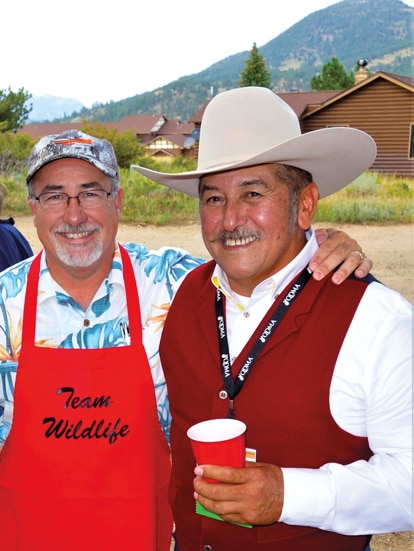
Ag./Wildlife Resource Interface
Simply, there are some combinations of ag. and wildlife that are more compatible than others. Cows and quail can get along well, but grazing and rangeland practices should be tailored around quail habitat needs if such compatibility is going to be created. And those considerations between cows and quail may be somewhat different than those between cows and deer. Further, sheep or goats and deer may have a different regime of considerations than cows and deer. Grain farming can potentially benefit gamebirds more so than cotton farming. These compatibility considerations are often species specific, so depending upon whether your wildlife program is placing its emphasis on deer, quail, diversity of songbirds, Houston toads or something else, this is going to influence the direction of how farming, livestock and range management practices are all blended together to try and ensure compatibility. When it comes to alterations to land features and wildlife habitat, the “measure twice and cut once” approach is a wise operational philosophy to avoid heading south into north-bound traffic.
Rural Land Values
Like it or not, and there are exceptions, today’s open market ranch real-estate values are often shaped more by wildlife potential than livestock potential. Thus, landowners who are concerned about the long-term values of their lands would be well-served to heed the advice of my good friend and wildlife colleague, Dr. Dale Rollins, through his philosophy that wearing a camo cowboy hat provides good perspective when making decisions that not only can impact today’s yield, but can influence outcomes many years down the road. And for those landowners who want to rely on third-party input, there are plenty of good consultants who can provide sound direction on making informed decisions.
Again, much of this discussion boils down to the willingness to adapt; kind of reminds me of Winston Churchill’s philosophy of, “Take change by the hand before it takes you by the throat.”
